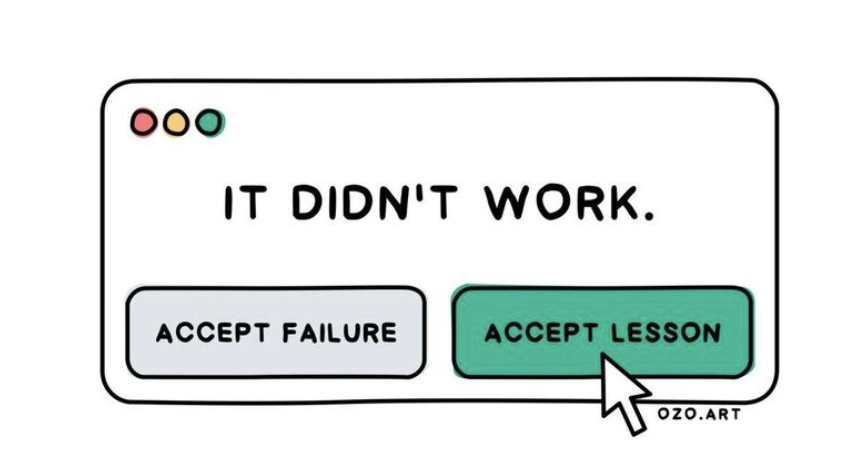Leading Across Generations: The Leadership Advantage Few Master
From Generational Gaps to Shared Purpose and Peak Performance
In today’s workplace, leadership is no longer about directing a single, like-minded group. It’s about guiding a workforce made up of multiple generations. Each with its own history, values, and ways of working. From seasoned professionals who built their careers without smartphones, to digital natives who’ve never known a world without instant access, leaders now operate in an environment where perspectives can be as diverse as the people themselves.
This is not a challenge to be managed. It’s a strategic advantage if you know how to use it.
Start With Yourself
Leading across generations begins with self-awareness. Before you can navigate others’ perspectives, you must understand your own lens.
What shaped your beliefs about work?
What do you value most in how teams operate?
Where might you unconsciously expect others to see things as you do?
Your generation is only one part of your identity, yet it deeply influences your default leadership style. Recognizing this allows you to lead with intention rather than assumption.
“We do not learn from experience… we learn from reflecting on experience.” — John Dewey.
Understand What Drives Others
Each generation carries its own imprint. The result of the cultural, economic, and technological events that shaped their early years. These influences often inform:
How they define success (stability vs. innovation, loyalty vs. flexibility)
What motivates them (recognition, impact, purpose, autonomy)
How they communicate (formal and structured vs. instant and iterative)
Instead of labeling these differences as “gaps,” see them as the raw material for innovation, creativity, and resilience.
Bridge Through Shared Purpose
The most effective leaders don’t try to make everyone the same. They build a shared vision that is broad enough to unite, yet flexible enough to honor different contributions. When people understand how their role connects to something bigger than themselves, generational differences become assets rather than barriers.
Ask yourself:
Does every person on my team know how their work connects to the mission?
Have I created space for multiple ways of achieving results, not just my way?
Have I made time to get to know my team on an individual and personal level?
Flex Your Communication
Leading across generations requires shifting your communication style without compromising authenticity.
With some, face-to-face conversations build trust.
With others, a quick, concise message speaks volumes.
With all, clarity, respect, and listening remain non-negotiable.
This is about connecting. Leaders who can adapt how they deliver messages get better engagement, faster alignment, and stronger results.
Create Reverse Mentorship
Too often, knowledge flows only from older to younger. In reality, every generation has expertise that the other needs. Encourage two-way mentoring: younger team members sharing fresh tools, trends, and perspectives; more experienced members passing on context, wisdom, and decision-making discipline.
When learning moves in both directions, silos dissolve and respect grows naturally.
“The strength of the team is each individual member. The strength of each member is the team.” — Phil Jackson.
Lead With Curiosity, Not Judgment
Assume there is a valid reason behind someone’s approach, even if it feels foreign to you. Ask questions that invite perspective:
“What’s important to you in how we approach this?”
“How does your experience shape the way you see this challenge?”
Curiosity strengthens trust, reveals untapped solutions, and embodies the humility essential in a multi-generational environment.
Leading across generations is not about managing differences; it's about embracing them. It’s about seeing the deeper value in each perspective and then aligning that value with a shared purpose. When leaders understand themselves and make space for others’ values and approaches, they create teams that are richer in ideas, faster in learning, and stronger in execution.
This is the leadership advantage most overlook. Those who master it don’t just lead across generations, they lead beyond them.
“When we listen and celebrate what is both common and different, we become wiser, more inclusive, and better as an organization.”
Resources to Dive Deeper
Ready to ditch the "check-out" mentality and embrace true delegation? Here are some resources to fuel your journey:
Books
"The Remix: How to Lead and Succeed in the Multigenerational Workplace" – Lindsey Pollak: Practical strategies to bridge generational divides and create collaborative, high-performing teams. Read here
"It’s the Manager" – Jim Clifton & Jim Harter (Gallup): Research-based guidance on how managers can leverage generational strengths for workplace success. Read here
Podcasts
"WorkLife with Adam Grant" – Adam Grant: Behavioral science meets workplace realities, with episodes exploring generational differences in values and motivation. Listen here
The Daily Stoic by Ryan Holiday & Stephen Hanselman
Why it’s worth your shelf:
This timeless book offers 366 bite-sized meditations rooted in ancient Stoic philosophy, perfect for modern leaders navigating uncertainty, pressure, and high-stakes decisions. Each daily entry blends wisdom from Marcus Aurelius, Seneca, and Epictetus with practical reflections you can apply immediately. It’s a powerful way to start your day grounded, focused, and intentional.
Whether you're building a company, leading a team, or leading yourself, The Daily Stoic is a steady companion in the art of resilient, values-driven leadership.
Consider how many different pieces of content you see in any given week. See something that resonates with you? Share it with us to feature it in our Social Media of the Week section.
“Curiosity is the engine of achievement.”
— Sir Ken Robinson








